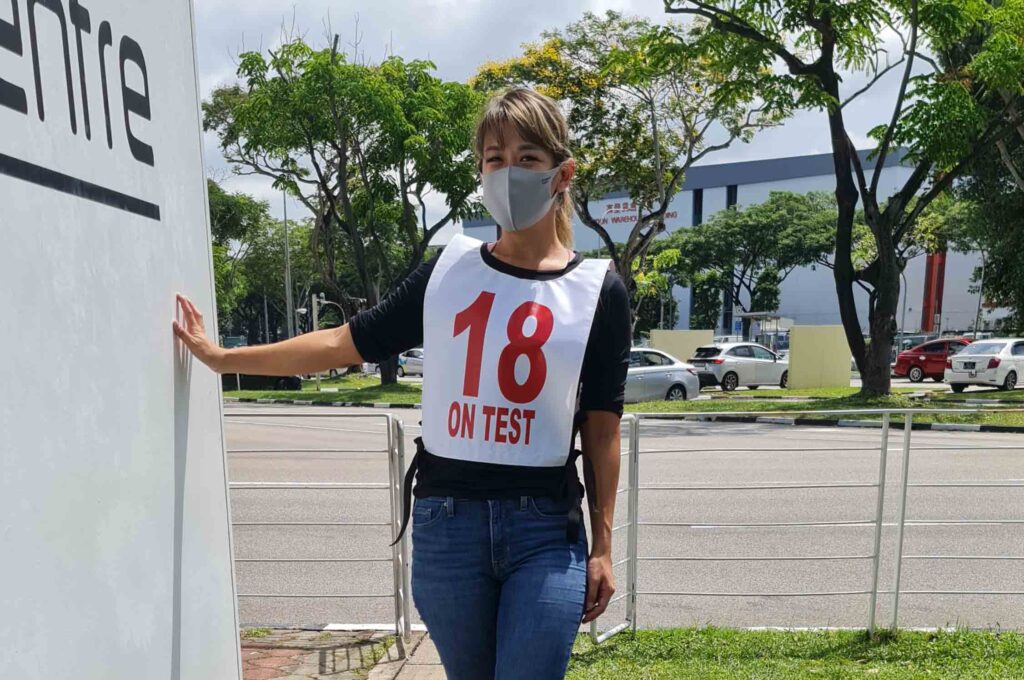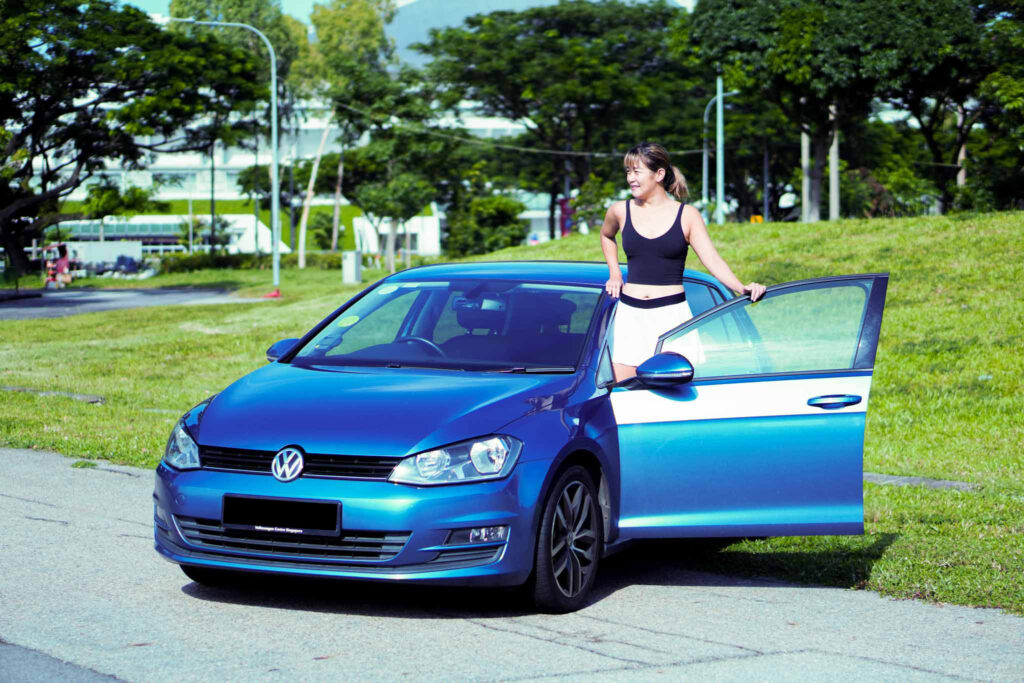The standard test drive that car buyers get is literally just a few rounds in the showroom’s vicinity accompanied by a sales staff. It’s never enough, I feel, for anyone to properly try the car out, but that’s what we motoring journalists are for. It is our responsibility to review the car as thoroughly as we can, so that readers are able to make informed choices.
An overnight test drive is what we journalists usually get, but there are also instances where we are given eight hours or less (eg. 10am to 6pm) to experience the car. Eight hours might sound like a lot, but frankly it’s not sufficient.
These eight hours are during the day, where we still have to do our work, eat, attend events or have meetings. On top of that, we have to find time to take photos of the car too.
I try to clear my schedule when I get a test drive car but sometimes it’s impossible to do so when the appointments are full. I understand there are constraints on the car company’s side and the high cost of cars is a huge factor.
Well, we just have to make do with what we are given and try to review the car as best as we can. What do you look out for when you test drive a car? Here’s my checklist:
1) First impression
Just like meeting someone new for the first time, seeing the car in flesh for the first time matters too. Does it look sporty, cute or plain boring? Does it look like it will drive fast? Do you think you will feel proud of owning such a car?
2) Looks
The first impression is largely linked to how the car looks. The designs of cars today are becoming more futuristic and forward-looking, with more curves and angular lines instead of straight lines and boxy contours. How can anyone NOT fall in love with the i8 upon first glance for example? The other things I look out for when it comes to the exterior of the car, are the colours it comes in and also the other accessories like wheels.
3) Interior
This is very important because it is where you spend most of the time in your car. Upon getting into the cabin, I will take a bit of time to look around and familiarise myself with the various dials and controls. Some brands of cars are very straightforward and easy to navigate around, but there are others which confuse you with oddly-placed buttons.
Two significant things I take note of in the cabin are space and comfort. Space can refer to head space, leg space, space in the rear seats and storage space, while comfort is about how long you can stay in the car and not feel awkward. Will full-sized adults fit in comfortably? Are there enough cubby holes? How much baggage can I store in the boot? Does my back start to hurt after being in the car for too long?
4) Performance
The way the car drives means everything to me, but because we are very much constrained by budget in Singapore, we often find ourselves settling for cars that don’t quite match our desires.
However powerful the engine of the car though, the chances of maximising its potential are nearly zero. (Unless you want to risk your licence.) While I note the maximum power output, I usually pay more attention to the torque because that’s what helps me overtake faster. (GRIN)
What is speed without brakes? The faster you go, the better your brakes must be. I dare say that a car’s stopping power is just as vital as its power. Then there is the fuel efficiency and carbon emissions, which carmakers are paying a lot of attention to. The direction is no longer big and powerful cars, but efficient and sustainable ones instead.
5) Technology
This is where all the bells and whistles come in. Automatic headlights, automatic wipers, engine start-stop button, keyless entry, rear view camera, park assist, lane change warning, Bluetooth/USB connectivity – these are just some of the features that most modern cars come with these days. Are some of these really useful? How much do we really need them?
6) Others
Everything else that does not fall into the above categories! For example, if there is a CEVS rebate for the car, where the service centres are or the perks from the loyalty programmes.





